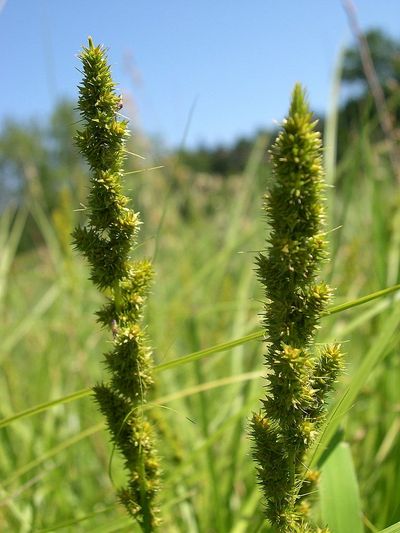Fox Sedge Information
Fox sedge in gardens provides lovely clumps of slender-stemmed native grass. The grass shoots up to 3 feet (91 cm.) tall and about half that wide. The narrow leaves of fox sedge plants grow taller than the stems. Fox sedge flowers grow densely on spikes. They are green and bloom in May and June. After blossoms come the seedheads, maturing in late summer. It is the seedheads that give fox sedge plants their common name since they spray out like fox tails. This sedge plant is often seen growing in the wild in wetlands. It also thrives near rivers and streams.
Growing Fox Sedge
You’ll have the best luck with fox sedge in gardens in cooler areas like U.S. Department of Agriculture plant hardiness zones 2 through 7. Growing fox sedge is easiest on moist open ground in these zones. Plant your seeds in the fall. If you prefer planting in spring, moist-stratify them before planting. Site your fox sedge plants in a full sun spot or part shade location and space them a few feet (91 cm.) apart.
Managing Fox Sedge
Fox sedge plants naturalize wherever you plant them. Remember when you are planting them that they are aggressive grasses that colonize wetland sites. That means that anyone growing fox sedge should learn about managing fox sedge as well. According to fox sedge information, the plants can get weedy and usually spread rapidly. The sedge is considered invasive in some regions and habitats. If you are worried about whether fox sedge plants might be invasive in your region, contact an appropriate state natural resource agency or Cooperative Extension Service office. They will be able to provide you with the status of fox sedge in your state and the best ways of managing fox sedge.
